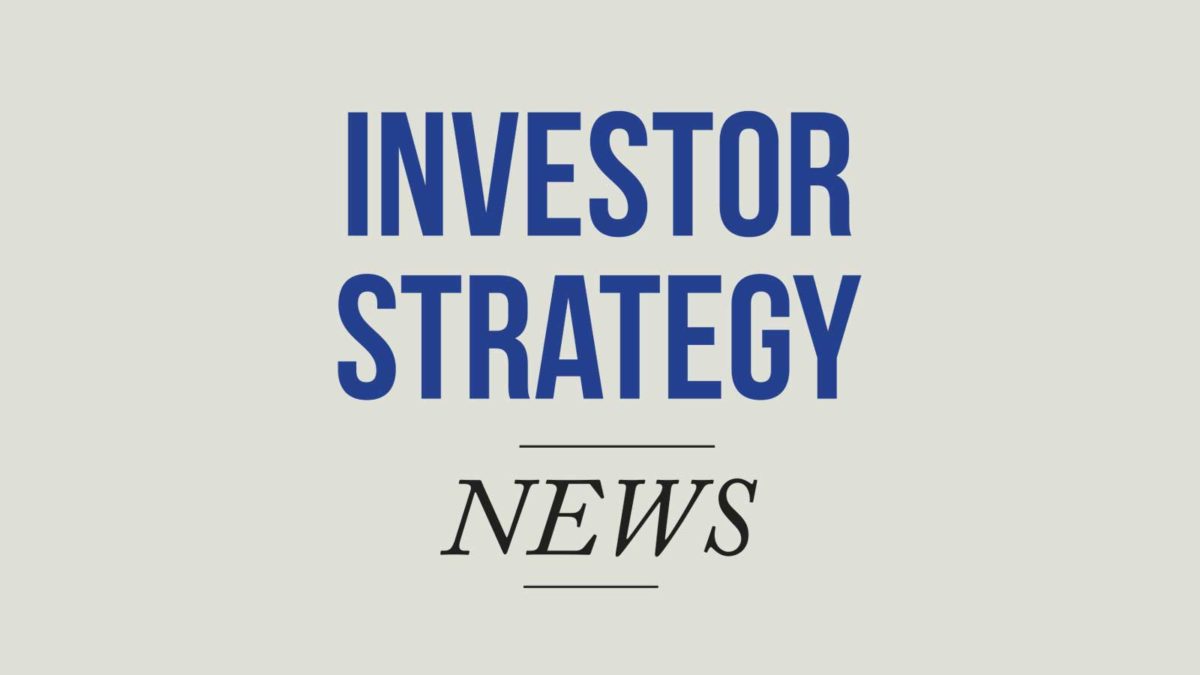A history of upheaval: ISN’s year in review
This is the last edition of Investor Strategy News for the year. We will next publish on January 10, 2022. Here are some thoughts on the year past, based on reader reactions to our stories.
Our most popular for the year was our coverage of the Australian Catholic Superannuation and Retirement Fund’s APRA performance test failure in early September. This report shone a light, which we had done previously and have since, on the flawed nature of the Treasury-imposed APRA test. The fund’s then-proposed merger with NGS Super fell over, probably as a direct result of the test, and UniSuper has become the new merger partner. We believe we are witnessing the end of the super industry as we know it, losing a lot of good with the bad.
Second placed was a story on Harvey Kalman, a popular – turns out very popular – industry identity leaving Equity Trustees after just over 20 years. He was most recently global head of business development for fund services and managing director of the firm’s UK, Ireland and Europe businesses. He has become non-executive chair of two fintechs, Connexian and Raiz Invest.
Third was another ‘people story’ in early September (reports about people are usually more popular with readers than reports about events or products): the appointment of Craig Hurt as head of institutional business at T. Rowe Price. Hurt left AXA IM a year earlier, where he had been the country head for Australia.
The rest of our top stories for the year, alongside the number one, are skewed towards the bigger events that happened. Here are the others:
Our report on what the merger between QSuper and Sunsuper meant for its very different investment platforms was widely read as we tried to show the complexities with which management were grappling.
Even more earnest but almost as popular was our story on the investment administration trend for custodians known as ‘front-to-back’ outsourcing in February. This was followed by a 3,000-word story on Pinnacle’s roadmap for success in multi-affiliate funds management in August.
Thanks to politics and the YFYS fallout we did our bit – unnecessary as it would seem – to lift the media exposure afforded Liberals Tim Wilson and Andrew Bragg in several widely read stories over the year.
A top performer for us in this camp was one of new editor Lachlan Maddock’s early lead stories in ‘super wars’: ‘Record returns no balm for Wilson’s wrath’ which pictured Ian Silk, then CEO of AustralianSuper, facing up to Tim Wilson at an economics standing committee hearing.
In July we published news of Silk’s retirement, focussing on two memorable speeches he made during his long career at the helm of AustralianSuper and duly noted he would be missed.
From all of us at Investor Strategy News, in editorial, sponsorships and distribution, we wish all readers and supporters a happy and safe festive season.











